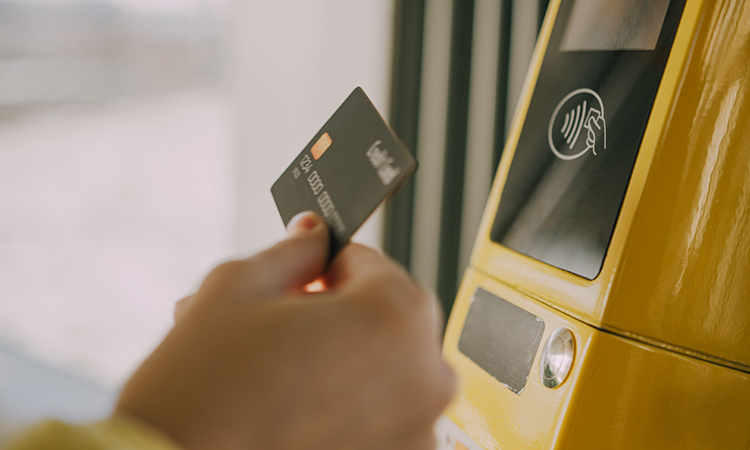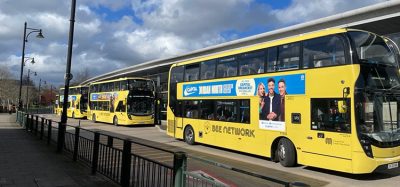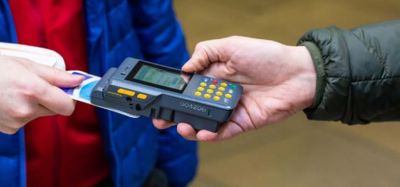Monterrey-Salinas Transit launches contactless payments in California first
- Like
- Digg
- Del
- Tumblr
- VKontakte
- Buffer
- Love This
- Odnoklassniki
- Meneame
- Blogger
- Amazon
- Yahoo Mail
- Gmail
- AOL
- Newsvine
- HackerNews
- Evernote
- MySpace
- Mail.ru
- Viadeo
- Line
- Comments
- Yummly
- SMS
- Viber
- Telegram
- Subscribe
- Skype
- Facebook Messenger
- Kakao
- LiveJournal
- Yammer
- Edgar
- Fintel
- Mix
- Instapaper
- Copy Link
Posted: 13 May 2021 | Intelligent Transport | No comments yet
The Californian transit operator says it is the first in the state to offer this kind of payment technology to passengers, which it says will make travelling both more convenient and safer.


Monterey-Salinas Transit (MST) is launching a contactless payment solution on its buses this week. For the first time in California, passengers will be able to pay for journeys using their contactless debit, credit, prepaid card or payment-enabled device. This initiative is part of the Caltrans-led California Integrated Travel Project (Cal-ITP) to improve travel planning and transit payments throughout the state.
Caltrans, in collaboration with Visa, is working with Cybersource, a Visa solution, Littlepay, SC Soft and Elavon to provide state-of-the-art ticketing and payment technology. MST riders can simply tap their contactless credit, debit, prepaid card or digital wallet on readers as they board MST buses to pay for their trip.
MST has also configured daily, weekly and 31-day fare caps to create cost savings for frequent riders without any extra effort on their part – all they need to do is tap. At point of tap, Littlepay’s back office checks whether a rider’s card is valid for travel using near real-time deny lists. It provides authorisation and settlement, and price adjustments to reflect fare caps.
MST says it is the first transit agency in California and the fifth in the US to accept tap-to-pay fares, following Chicago, Miami, New York and Portland (Oregon). It is also the first public transit system in the country located outside of a main urban area to introduce open contactless payments.
Benefits for passengers
The passenger benefits of contactless payments include speedier transaction times and the convenience of being able to pay for fares using the bank card or smartphone they carry everywhere. There is no need to stand in line to buy a paper ticket, use an agency-specific fare card or handle cash while boarding, which can cause a bottleneck at the vehicle entrance. Crucially, during the pandemic, tap-to-pay technology provides a safe and easy experience for both riders and transit operators seeking limited physical touchpoints and face-to-face interactions.
“Paying for public transit can be difficult when compared to other modes of travel, and outdated fare collection systems have not made our job any easier,” said MST CEO Carl Sedoryk.
“The model we are working on with Visa allows customers to use the same card, or mobile device, that they used to buy a coffee to also pay for their rides on public transit. No special card and no custom app is required, Just Tap and Ride. It’s that simple.”
Related topics
Passenger Accessibility, Passenger Experience, Public Transport, Ticketing & Payments, Transport Governance & Policy
Related modes
Bus & Coach
Related cities
California, USA
Related organisations
Littlepay, Monterey-Salinas Transit (MST), Visa
Related people
Carl Sedoryk








